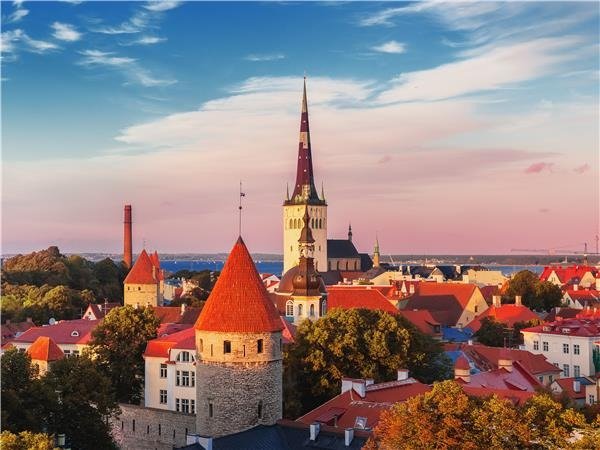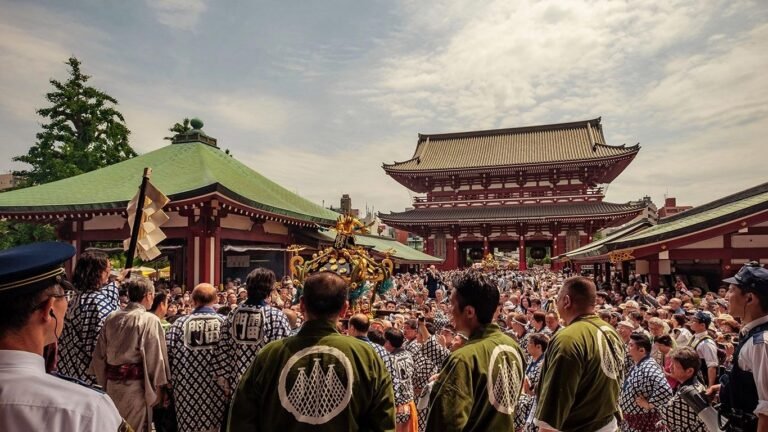Sodziu: Heartbeat of Lithuanian Heritage and Rural Identity
Introduction: Discovering the Soul of Sodziu
In Lithuania, few words carry as much depth, warmth, and meaning as Sodziu. More than just a term, Sodziu represents an entire way of life — one rooted in community, simplicity, and a deep bond with nature. It reflects the essence of Lithuanian identity, where culture, language, and everyday living blend seamlessly with the land.
To explore Sodziu is to rediscover the heartbeat of rural Lithuania. It’s about understanding how people lived in harmony with their surroundings, cherishing shared traditions and generational wisdom. In many ways, Sodziu captures the timeless values that shaped Lithuania — resilience, unity, and pride in heritage.
Delving into the world of Sodziu not only reveals the soul of Lithuanian rural culture but also serves as a bridge between past and present. While cities modernize and lifestyles evolve, Sodziu remains a gentle reminder of who Lithuanians are at their core — ground, grateful, and guide by tradition.
What Does Sodziu Mean?
The Lithuanian word “Sodziu” literally translates to “village” or “rural homestead.” However, its meaning runs much deeper than a simple geographical description. Sodziu symbolizes unity, simplicity, and a profound connection to the land — values that have defined Lithuanian life for centuries.
At its heart, Sodziu embodies the harmony between people and nature. It represents the rhythm of everyday rural life — from early morning fieldwork to evening gatherings filled with laughter, storytelling, and shared meals.
Picture a scene of peaceful wooden homes nestled among green meadows, with vegetable gardens in full bloom and neighbors working side by side during harvest. This imagery captures the spirit of Sodziu: a place where every gesture reflects care, gratitude, and community.
Historical Roots of Sodziu
The origins of Sodziu can be trace back to Lithuania’s ancient agricultural traditions. For centuries, rural homesteads were the foundation of Lithuanian life, providing food, shelter, and a sense of belonging. Each Sodziu served not just as a home but as a microcosm of society, where families worked the fields together, celebrated seasonal festivals, and passed on traditions through storytelling and song.
In medieval Lithuania, these homesteads were more than physical spaces — they were centers of cultural life. Harvest festivals, folk rituals, and communal gatherings were held in Sodziu courtyards, strengthening social bonds and preserving identity even through times of political change or hardship.
What kept the meaning of Sodziu alive across generations was Lithuania’s rich oral storytelling tradition. Grandparents and village elders shared tales of nature spirits, hardworking farmers, and the virtues of kindness and humility — stories that taught moral lessons while celebrating rural life.
Cultural Significance of Sodziu in Lithuanian Heritage
Sodziu is not just a place — it’s a cultural emblem that represents continuity, resilience, and belonging. Within Lithuanian heritage, Sodziu stands as a living archive of values and customs that define the nation’s collective spirit.
Folk music, dances, and songs often reference Sodziu as a sacred space of unity and love for the homeland. Seasonal festivals such as Joninės (Midsummer) and Užgavėnės (pre-Lenten carnival) have deep roots in the Sodziu lifestyle, reflecting the harmony between human life and the cycles of nature.
Even Lithuanian art and literature pay homage to the simplicity of village living. Poets and painters have long drawn inspiration from the rustic beauty of Sodziu landscapes, capturing the essence of community and connection that rural Lithuania embodies.
Traditional Lifestyle and Sodziu Architecture
The architecture and lifestyle of Sodziu beautifully mirror its values — simplicity, sustainability, and closeness to nature. Traditional Sodziu homes were crafted from wood, featuring thatched or shingled roofs and decorated with hand-carved patterns symbolizing protection and good fortune. Every detail, from the layout of the home to the design of the garden, was built with intention and respect for the environment.
Life in Sodziu revolved around agriculture. Families grew their own crops, tended livestock, and prepared food together, making self-sufficiency a natural way of living. The rhythm of life followed the seasons — planting in spring, harvesting in autumn, and gathering by the fire during the long, snowy winters.
One of the most cherished aspects of Sodziu life was communal harmony. Neighbors worked hand in hand during harvests, built each other’s homes, and celebrated every wedding or festival as one extended family. This spirit of mutual support turned Sodziu into more than a physical space — it became a living embodiment of unity.
Sodziu in Folklore, Art, and Generational Bonds
Sodziu has always been a wellspring of creativity and storytelling. Folk tales, embroidery patterns, and handcrafted pottery all carry symbols and stories born from rural life. Each piece of art reflects the rhythms of Sodziu — the sowing of seeds, the changing of seasons, and the eternal bond between generations.
Folklore paints Sodziu as a place where the boundaries between people and nature blur — where rivers have spirits, trees hold memories, and every song carries wisdom. Through songs (dainos) and fairy tales, grandparents teach children not only the stories of their ancestors but also the moral lessons that keep communities strong and kind-hearted.
Artisans and craftsmen still honor these traditions today, reviving old designs in textiles, woodwork, and ceramics that tell the story of Sodziu’s enduring influence. In every handcrafted piece lies a reminder of Lithuania’s connection to its roots and the unbroken line of heritage passed from one generation to the next.
8. Sodziu in Literature, Visual Arts, and Digital Storytelling
The beauty and emotion of Sodziu have inspired countless Lithuanian artists, poets, and modern creators. Through literature, visual art, and even digital media, the essence of rural life continues to thrive — evolving with time while remaining rooted in tradition.
Lithuanian authors such as Jonas Biliūnas, Žemaitė, and Vincas Krėvė have long celebrated Sodziu in their writing. Their short stories and novels capture the tenderness and hardships of village life — the quiet dignity of farmers, the rhythm of the seasons, and the deep moral ties that define community living. Each work portrays Sodziu not just as a setting, but as a living character — embodying love, struggle, and perseverance.
In visual arts, painters like Mikalojus Konstantinas Čiurlionis and Antanas Žmuidzinavičius drew from the landscapes and people of rural Lithuania, immortalizing the serene charm of Lithuanian Sodziu. Their works reflect the soft colors of meadows, the gentle curves of rivers, and the soulful eyes of villagers — scenes that echo both nostalgia and pride.
Today, Sodziu’s story continues in digital storytelling. Social media platforms, photography blogs, and online archives now showcase old photographs, folk songs, and family memories tied to the countryside. Documentary filmmakers capture the voices of elders who share memories of traditional Sodziu life, preserving them for future generations.
The internet has become a new kind of village — a space where the spirit of Sodziu lives on digitally. Through hashtags, video essays, and digital art, young Lithuanians rediscover their roots and give new life to this timeless cultural treasure.
Emotional Connection: Why Lithuanians Cherish Sodziu
For Lithuanians, Sodziu is more than a word — it’s a feeling that lives deep in the heart. It represents the emotional link between the present and the past, binding generations through shared memories, traditions, and love for the homeland.
Many Lithuanians recall childhood summers spent at their grandparents’ homesteads — waking to the smell of freshly baked bread, helping in the fields, and listening to stories by the fire. These memories define the sentimental core of Sodziu, symbolizing warmth, belonging, and comfort.
Even for those who have moved to cities or abroad, Sodziu remains a symbol of identity — a reminder of where they come from and the values that shaped them. It connects families to their ancestors, language, and traditions, acting as a spiritual anchor in an ever-changing world.
Sodziu as a Symbol of Identity and Continuity
At its deepest level, Sodziu identity represents the perfect harmony between tradition and progress. In a rapidly globalizing world, Sodziu serves as a reminder that modernization does not have to mean losing one’s roots. Instead, it highlights how heritage and innovation can coexist, enriching one another.
For many Lithuanians, Sodziu embodies the values that define national character — unity, humility, and respect for nature. These values form the moral foundation upon which communities are built, creating a sense of shared purpose and belonging.
Conclusion: The Everlasting Spirit of Sodziu
In every sense, Sodziu is the soul of Lithuania — a symbol of unity, resilience, and belonging. It represents the quiet beauty of village life, the laughter of neighbors during harvest, and the songs that echo across meadows at sunset.
To understand Sodziu is to understand the heart of a nation that finds strength in simplicity and meaning in community. Its timeless lessons — of harmony with nature, respect for tradition, and love for one another — remain as relevant today as they were centuries ago.
Preserving Sodziu means more than safeguarding architecture or customs; it means protecting a way of thinking and living that honors connection over consumption and memory over modern haste.
As Lithuania continues to grow and evolve, the everlasting spirit of Sodziu will remain — a guiding light reminding future generations that their truest identity is found not in cities or trends, but in the enduring warmth of home, heritage, and shared humanity.





